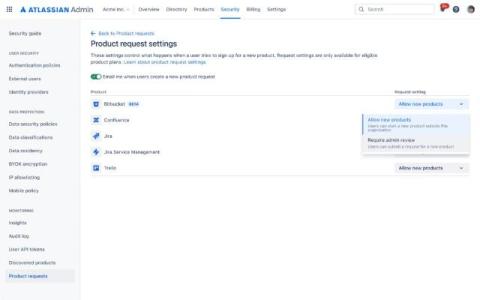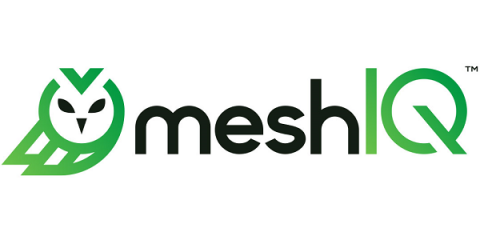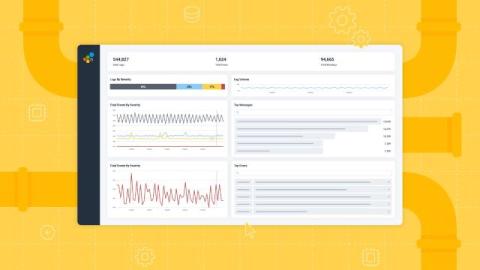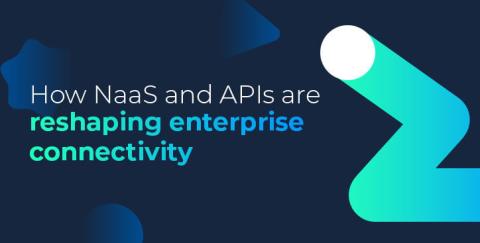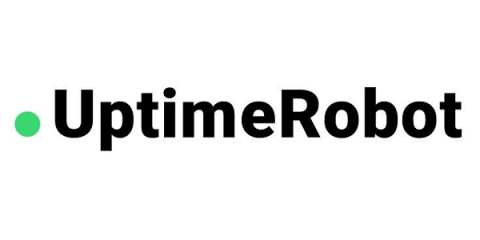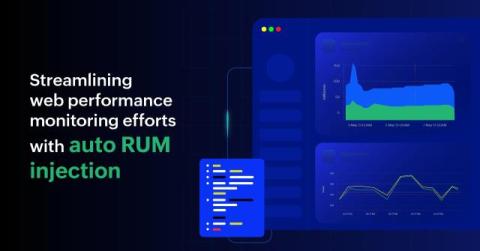Introducing shadow IT controls for workspace admins
Shadow IT is defined as the use of IT-related hardware or software by an individual without the knowledge of the IT admin. For example, if a user creates a new Bitbucket Cloud workspace within your organization without the knowledge of the organization admin, it can lead to potentially sensitive data being exposed.


